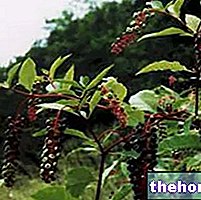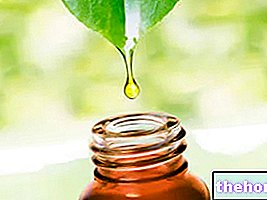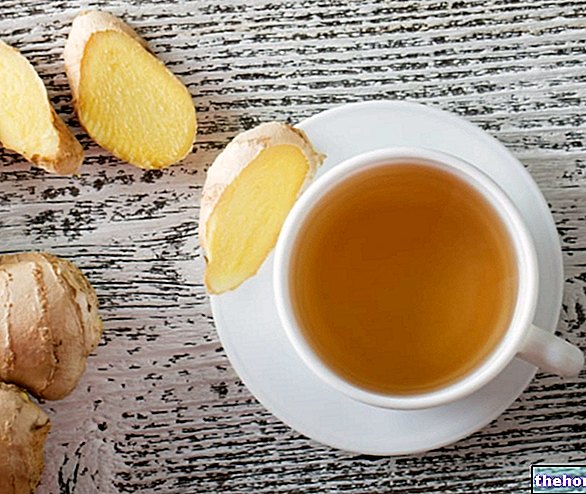
Scientific name
Salvia officinalis; Clary sage
Family
Labiatae
Origin
Europe
Parts Used
Drug given by the leaves and flowering tops
Chemical constituents
- Flavonoids;
- Essential oil (ketones, borneol acetate, pinene and camphor);
- Derivatives of caffeic acid (chlorogenic acid and rosmarinic acid);
- Diterpenes and triterpenes;
- Tannins.
Sage in Herbal Medicine: Properties of Sage
Sage, as well as being widely used in cooking, has strong medicinal properties; however, a distinction must be made based on the pharmaceutical form used.
In fact, hydroalcoholic extracts and decoction exhibit disinfectant activity, but must be taken only externally, since the essential oil, in which thujone is present, can have neurotoxic effects (medical prescription required).
Also for external applications, vaginal suppositories based on sage against vaginitis are on the market, but also for skin applications (at a concentration of 1-3%).























-nelle-carni-di-maiale.jpg)




